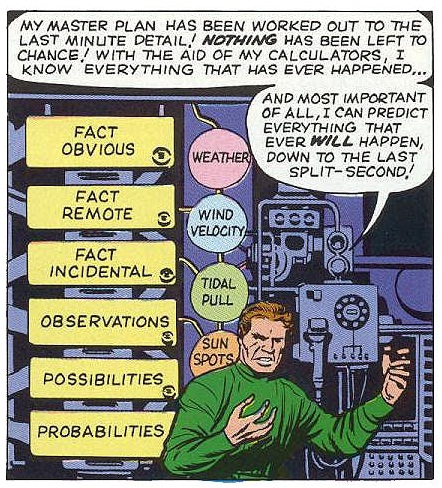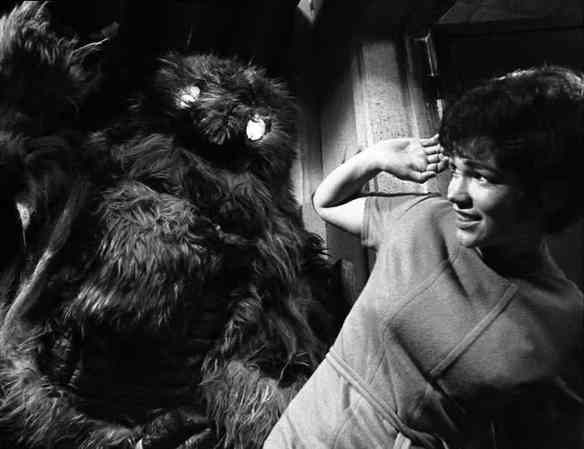Tom Ewing’s World Without Questions paper recently won its second ESOMAR award. 18 months on, he looks at the arguments in the paper and what’s changed since writing it.
At the ESOMAR Congress in Istanbul last week I was delighted and honoured to get another award for the paper I co-wrote with Bob Pankauskas of Allstate Insurance, Research In A World Without Questions. The paper won the Excellence Award for the best paper at any ESOMAR event this year – a flattering claim!
(If you want a copy yourself, let me know – I’ll get it to you ASAP.)
But the paper was published a year ago, and written almost 18 months ago. So I thought I should take a fresh look at it, and see if there’s anything I should add or update.

Too many questions!!
Here are five extra thoughts about the World Without Questions.
Context Is King. The paper’s central theme was that market research can and must move away from a reliance on direct questioning, and think more about the context of decisions and behaviour. This focus on context seems more important than ever. Not only that you need to know deeper context to fully understand behaviour – and you can’t always get at it by asking questions – but also that the immediate context of behaviour can often only be accessed by observation. For instance, the actions of other people, or the way choices are framed, can be critical influences at the moment of decision.
System One Has Won. Since I wrote the paper, Daniel Kahneman’s Thinking Fast And Slow has become a surprise global bestseller, and Kahneman’s ideas about decision-making have become common boardroom currency. Obviously we had nothing to do with Kahneman’s rise! But our instincts about his importance were right. 18 months ago we used to get standard research briefs and talk about System 1 and 2 in our proposals. Now more and more briefs are specifically asking about implicit and unconscious decision-making, and there’s less expectation that direct questioning is the way to go.
Brains Are In Fashion. If I was writing the paper now, I’d give more space to location analytics and especially to neuroscience, which got slightly short shrift. Scalable neuroscience – from biometrics to facial coding – has emerged as a big part of the “System 1” toolkit, though it shouldn’t be the only part: it’s not great at taking social or environmental influences into account, for starters. But its promise of direct access to the subconscious mind is finally starting to be fulfilled after a decade-plus of hype.
The Battle For Big Data: I also didn’t spend a lot of time on “big data” – not because it isn’t important but because I felt that most researchers wouldn’t have the skills to deal with it and that the research industry didn’t carry a lot of weight in the conversation anyhow. For all the noise about big data, I haven’t seen a lot since then to suggest I was wrong. A lot of the big shifts seem to be in infrastructure – moving from discrete packets of data (generated by projects) to continuous flows, which inevitably reshapes how analysis and “insights” work. Researchers need to adapt to this – the subject of many other fine papers given at recent conferences – but have little control over it, and it seemed important in the paper to examine the practical changes we could make.
Never Mind The Insights: One thing that struck me reading the paper again is how much it assumes the role of the researcher is essentially advisory, not proactive. I made the case for “research without questions” based on coming up with better insights and recommendations. While these are important, what we’ve found in the 18 months since is a real hunger for actually implementing, experimenting and iterating in research. Don’t just recommend a behavioural intervention – set up a control and a test sample and experiment with it. Think an ad might be better in a different edit or with different music? Make and test it yourself. If there’s one thing which has changed in my everyday working life since writing the paper, it’s this greater emphasis on moving beyond recommendation into testing. Our appetite for questions may be diminishing – the desire for evidence isn’t.










